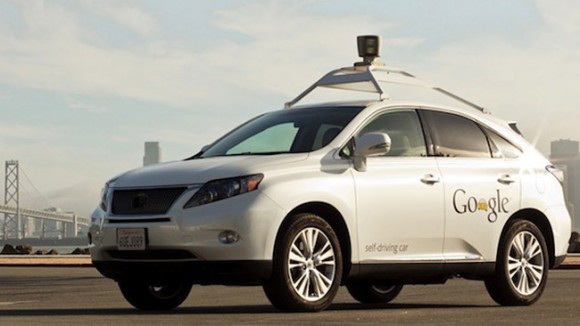With the advent of self-driving cars comes big changes in entertainment. A constant network connection means passengers can watch streaming video, listen to podcasts, or download games, and self-driving can cars let drivers have fun, too. More productivity-minded people can work on the way to or from the office. The best part about all of this when it comes to Google is that having fun is what the employees do!
In addition to inquiring about the necessity of such awesome technological capabilities, many consumers want to know: is this V2V technology safe? Am I going to be perfectly protected by my computerized car if I choose to take a nap on the way to my destination?
The answer to this seems simple: Google’s self-driving cars have driven more than half a million miles – so far with no accidents while the cars were under computer control. With V2V, cars constantly broadcast location and speed information and gather that same information from other vehicles. That lets cars constantly evaluate potential threats, especially when combined with local road data such as whether a physical barrier separates the car’s traffic lane from oncoming traffic. Even with human drivers, V2V could warn that it’s not safe to pass or that cars in front are braking to avoid an accident.
Google said it believes self-driving cars can cut accident rates since computers don’t get sleepy or distracted, and already there are indications that self-driving cars can be safer than the average driver. Google expects the technology will significantly reduce the number of people killed in car accidents, currently 1.2 million people per year worldwide.
Shucking steel safety cages would make cars vastly lighter, reducing fuel consumption substantially. The support of such innovation is almost a no-brainer.
Not only that, but a world of networked cars would spur the rise of sophisticated urban transportation management where computer control systems detect traffic trouble spots in the data and reroute vehicles accordingly. Some cities, including Eindhoven in the Netherlands, Lyon in France, and Singapore are already experimenting with this concept.
Will drivers willingly yield control to a computer, to peel away the security of being ensconced in thousands of pounds of metal? Maybe not for the current crop of drivers, but they won’t be on the roads forever.



